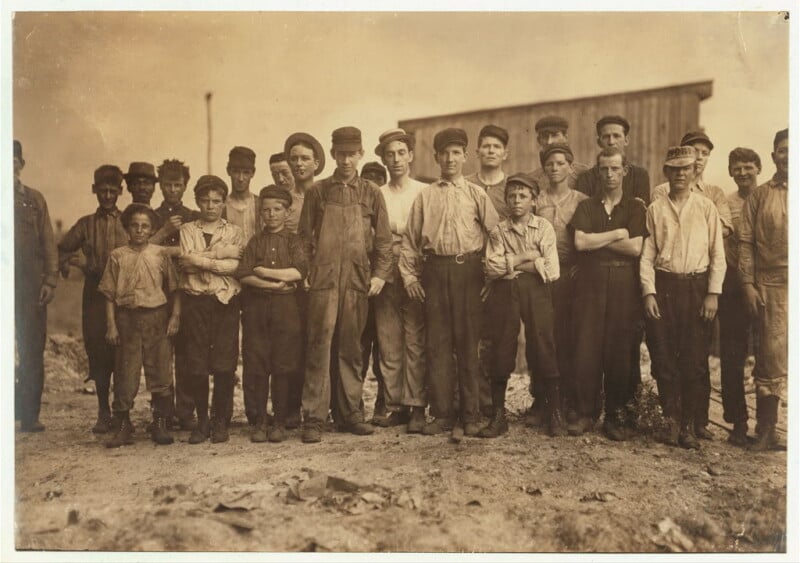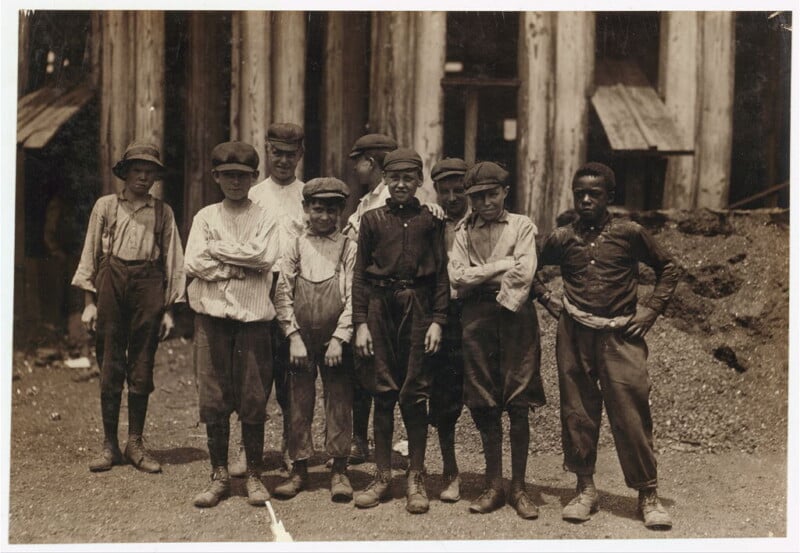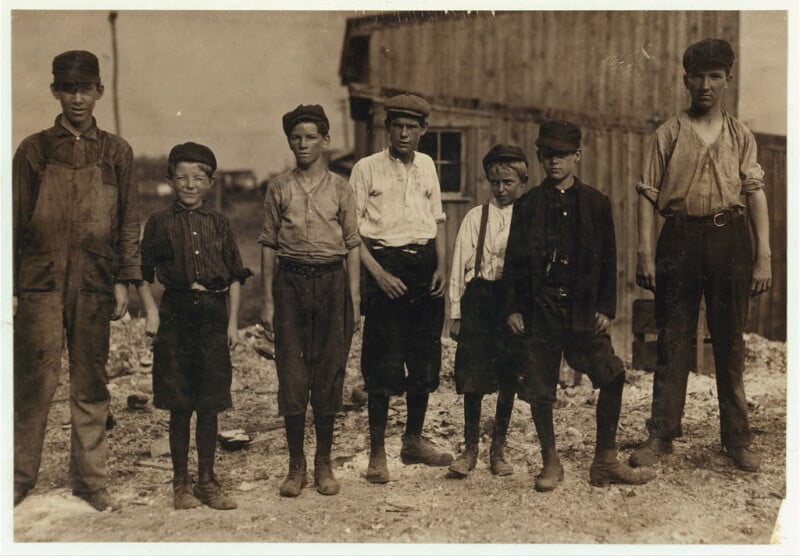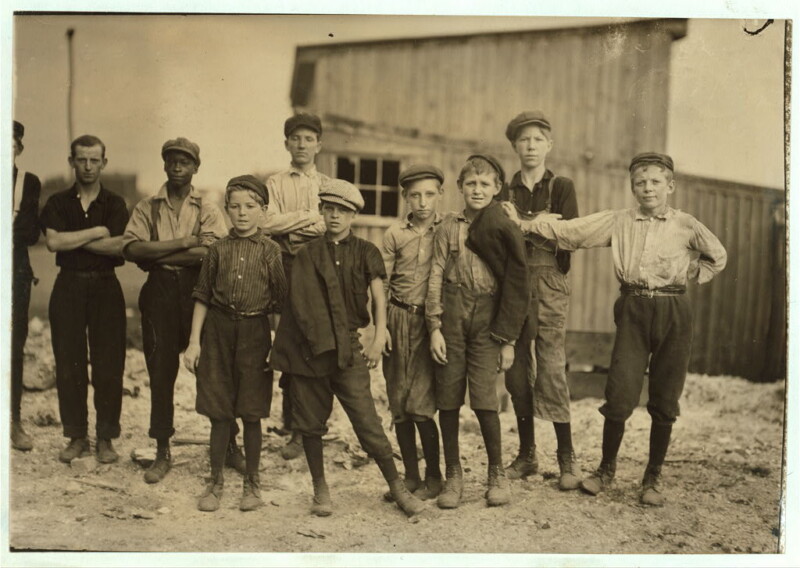Eye-Opening Photos Reveal Child Workers’ Lives in 1911 Virginia Glass Factories

These photos taken by Lewis Hine for the National Child Labor Committee at Virginian glass factories in 1911 show poor, exhausted young boys doing dangerous jobs.
Hine went to Alexandria in Virginia, just seven miles south of Washington D.C., to visit the child workers engaged in laborious and hazardous tasks — some were as young as six or seven years old.
Hines’s photos highlighted the exploitation and vulnerability of child workers and became instrumental in bringing public attention to the issue and spurring legislative change.



The National Child Labor Committee (NCLC) wanted the children to be in school rather than working at factories which is why they enlisted the help of Hine in 1908.
Over the next decade and a half, Hine traveled to half of the continental United States, taking photos of everything from the Breaker boys in the mines of Pennsylvania — whose job was to separate coal from slate — to the children working in cotton mills in Georgia and Alabama.
Alexandria was just one of the stops. Hines recorded detailed information in the captions, sometimes including the names of the children, their ages, what type of jobs they did, and how many hours they worked. Note: The captions on this artice are more of less Hine’s original captions.
This information coupled with Hine’s powerful photos made it impossible for the public and policymakers to ignore the severity of the issue.




Hine later called what he did for the NCLC “detective work,” and in many ways, he had to be as discreet and sneaky as a detective. Photo historian Daile Kaplan offers some insight into how Hine operated:
Nattily dressed in a suit, tie, and hat, Hine the gentleman actor and mimic assumed a variety of personas — including Bible salesman, postcard salesman, and industrial photographer making a record of factory machinery — to gain entrance to the workplace.
When unable to deflect his confrontations with management, he simply waited outside the canneries, mines, factories, farms, and sweatshops with his fifty pounds of photographic equipment and photographed children as they entered and exited the workplace.